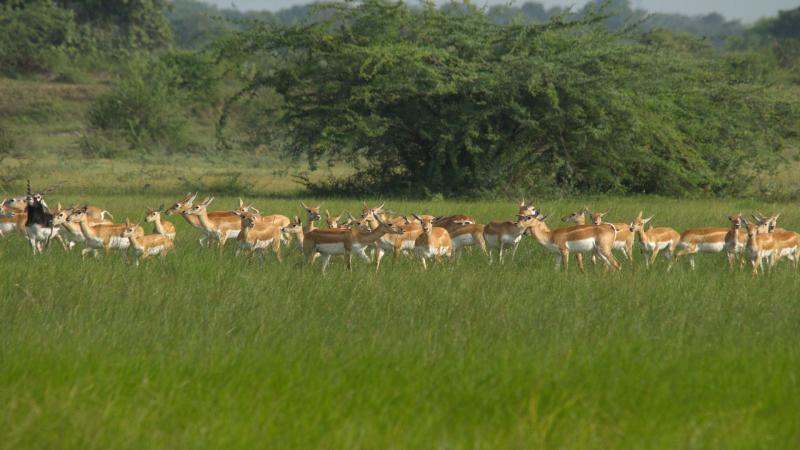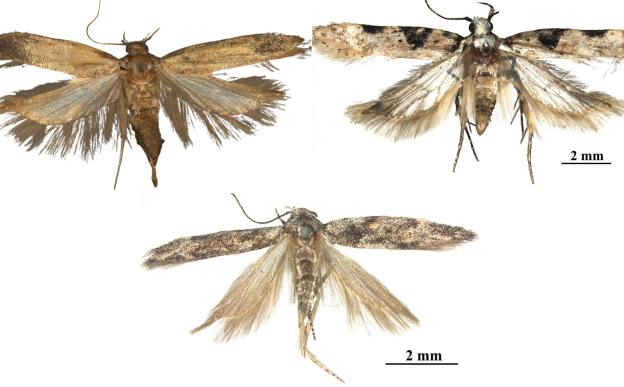
The blackbuck is an antelope species native to the Indian subcontinent. Although the term 'antelope' is loosely used to refer to many ruminating ungulates, the blackbuck is the only animal that belongs to the genus named Antilope. Once a popular game animal, this iconic animal was almost extinct in many regions. Today, it is classified as a 'nearly threatened' species, and its hunting is prohibited under the Wildlife Protection Act of 1972.
True antelopes belong to one of the four genera—Gazella, Nanger, Eudorcas and Antilope. Scientists are still debating the evolutionary relationships between these members. In a recent study, researchers at the Indian Institute of Science, Bengaluru, have traced the evolutionary relationships of the blackbuck (Antilope cervicapra) using phylogenetics. The study was published in the journal Molecular Phylogenetics and Evolution.
Phylogenetics is the study of evolutionary relationships among species using DNA sequence information. The DNA of every organism defines its look, behaviour and physiology. The resemblance and differences in the structure and make-up of this molecule can be used to understand the relationship between species.
Mitochondrial and nuclear DNA are two independent DNA molecules within the cell. The unique DNA sequences within the species used for studying their relationships are called markers. Scientists look at the similarities in the mitochondrial or nuclear markers for understanding a species' evolution. Though mitochondrial DNA is widely considered for evolutionary studies, its size is much shorter than nuclear DNA.
In this study, the researchers have identified the evolutionary history of the blackbuck using nuclear markers. "In this study, we have used information from 12 nuclear markers and compared with the previously reported mitochondrial marker data," says Dr Ananya Jana, the lead author of the study.
Previous studies have used information from the mitochondrial DNA to understand the evolutionary relationships of blackbuck with other antelopes. These studies had found that the genus Gazella is a sister species of the blackbuck.
The current study, however, has found a different relationship, indicating that the blackbuck and the species belonging to the genus Gazella could have evolved from a single common ancestor.
"The nuclear markers do not show that Antilope is different from Gazella. The mitochondrial studies, of course, have shown the reverse," points out Dr Jana.
The study also takes information from fossil-based records along with nuclear markers. It highlights that Antilope species diverged very recently 2.6 million years ago (Pleistocene era) rather than Miocene (23 million to 5.33 million years ago) as pointed out by previous studies. The findings of the current study also indicate that the common ancestor genus, responsible for the dispersal of Antilope into India, could have come from Saharo-African regions before 2 million years.
The current study throws new insights into the family of antelopes in India. Such studies on such endemic animals also help us appreciate the biodiversity in our country. Furthermore, this study is a cautionary tale on the pitfalls of jumping to conclusions with certain kinds of evidence.
"Our findings could help in the understanding of the blackbuck as a species, and also its ecosystem, in the course of evolution" signs off Dr Jana.
This article has been run past the researchers, whose work is covered, to ensure accuracy.






